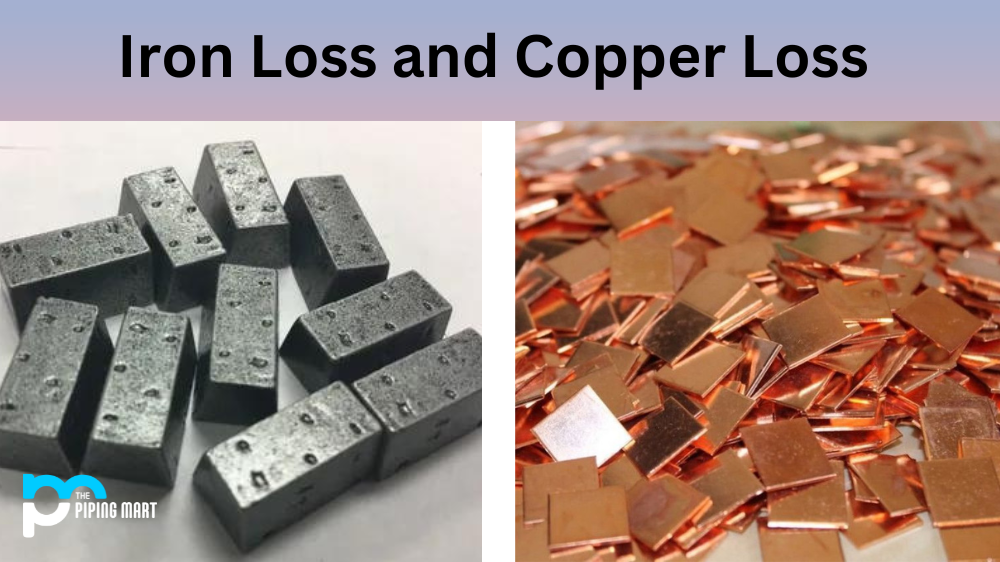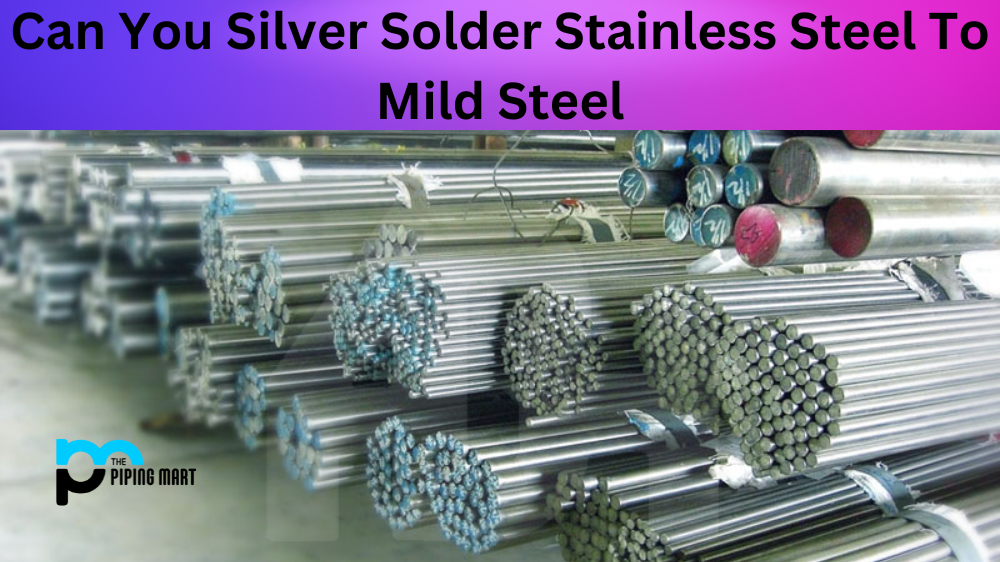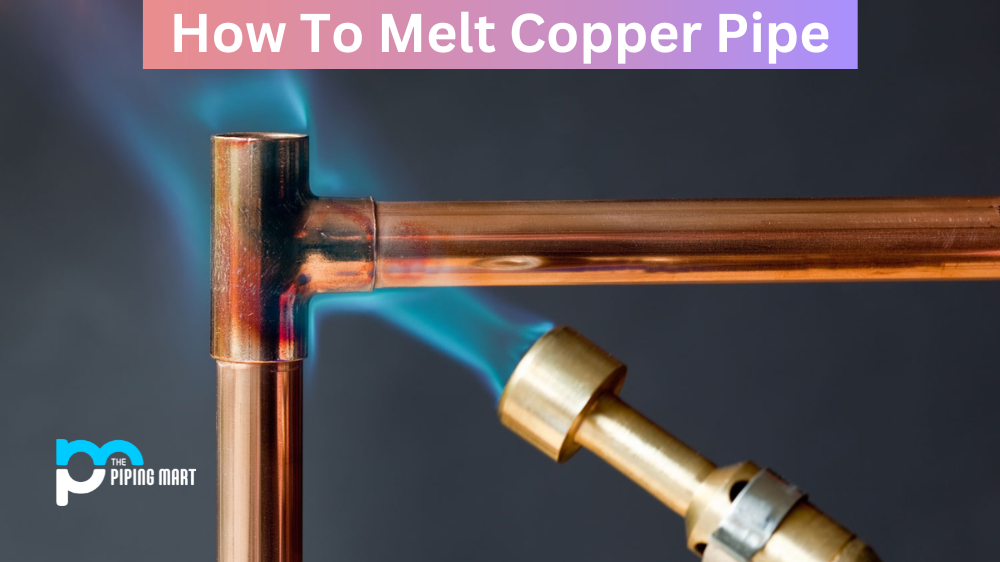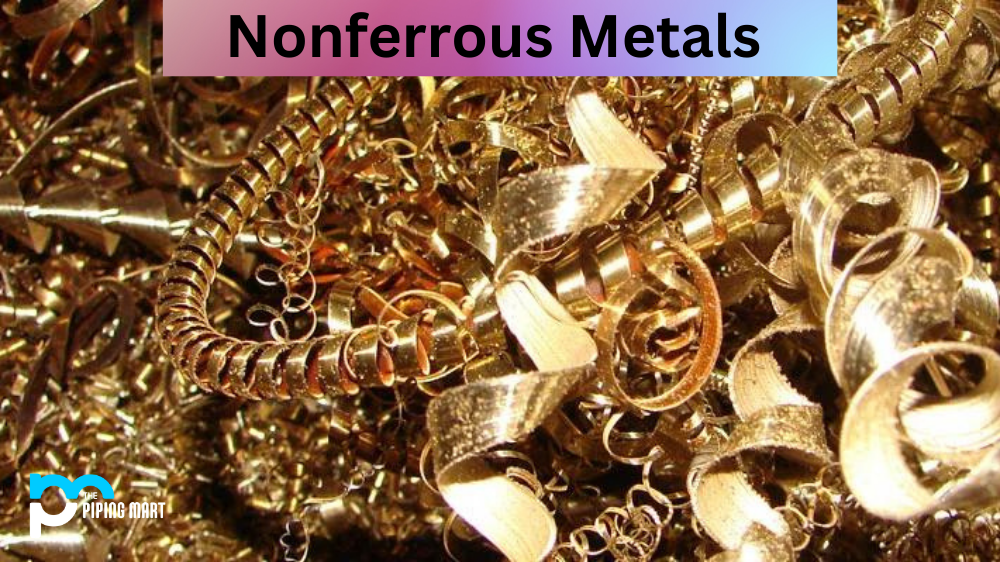In electrical engineering, there are two types of losses that electrical machines and equipment experience—iron loss and copper loss. Understanding the difference between these two types of losses is essential for engineers in order to properly diagnose problems and optimize performance. Let’s take a closer look at iron loss and copper loss.
Iron Loss vs. Copper Loss
The first type of energy loss is known as iron loss or core loss. This type of energy loss occurs when the magnetic flux created by an electric current passes through the iron core of a transformer or motor. As this magnetic flux cuts through the iron core, it induces eddy currents which cause heat energy to be dissipated as waste heat energy. The amount of iron loss depends on the magnitude of the current, frequency, length, area, and permeability of the core material being used.
The second type of energy loss is known as copper loss or winding loss. This type of energy loss occurs when electricity flows through a conductor, such as copper wire or aluminum bar stock, due to resistance from the material itself. As electricity flows through this resistance, heat energy is generated, which must then be dissipated by surrounding components such as cooling fans or heatsinks in order to prevent damage to the component itself. Copper losses are generally lower than iron losses; however, they still need to be taken into account when calculating overall power efficiency for a given system design.
Reducing Energy Losses
It is important for engineers to understand how to reduce both types of losses in order to optimize their systems for maximum efficiency and performance. For example, reducing total core area can help minimize iron losses, while using higher quality conductors such as silver or gold can help minimize copper losses. Additionally, proper insulation techniques and air gap design can also help reduce both types of energy losses by minimizing eddy current formation within the component itself. With careful attention paid to both types of losses during the product design stage, engineers can ensure that their systems will operate optimally for years to come with minimal maintenance required over time.
Conclusion
In summary, understanding the difference between iron loss and copper loss is critical for electrical engineers in order to ensure optimal performance from their products and systems designs over time. By paying careful attention to each type of energy loss during the product development stage and utilizing proper insulation techniques, engineers can ensure that their products are operating efficiently with minimal maintenance required over time while still achieving maximum performance levels throughout their lifetime use cycle. Ultimately, understanding these two types of energy losses will enable engineers to create more efficient products which will save money in terms of operational costs while also increasing customer satisfaction levels due to improved reliability found in properly designed systems over time!
Sakshee is a talented blogger, with a particular focus on the Business and Metal Industry. She is passionate about sharing her insights on various metal products and helping professionals to make a better decisions.




